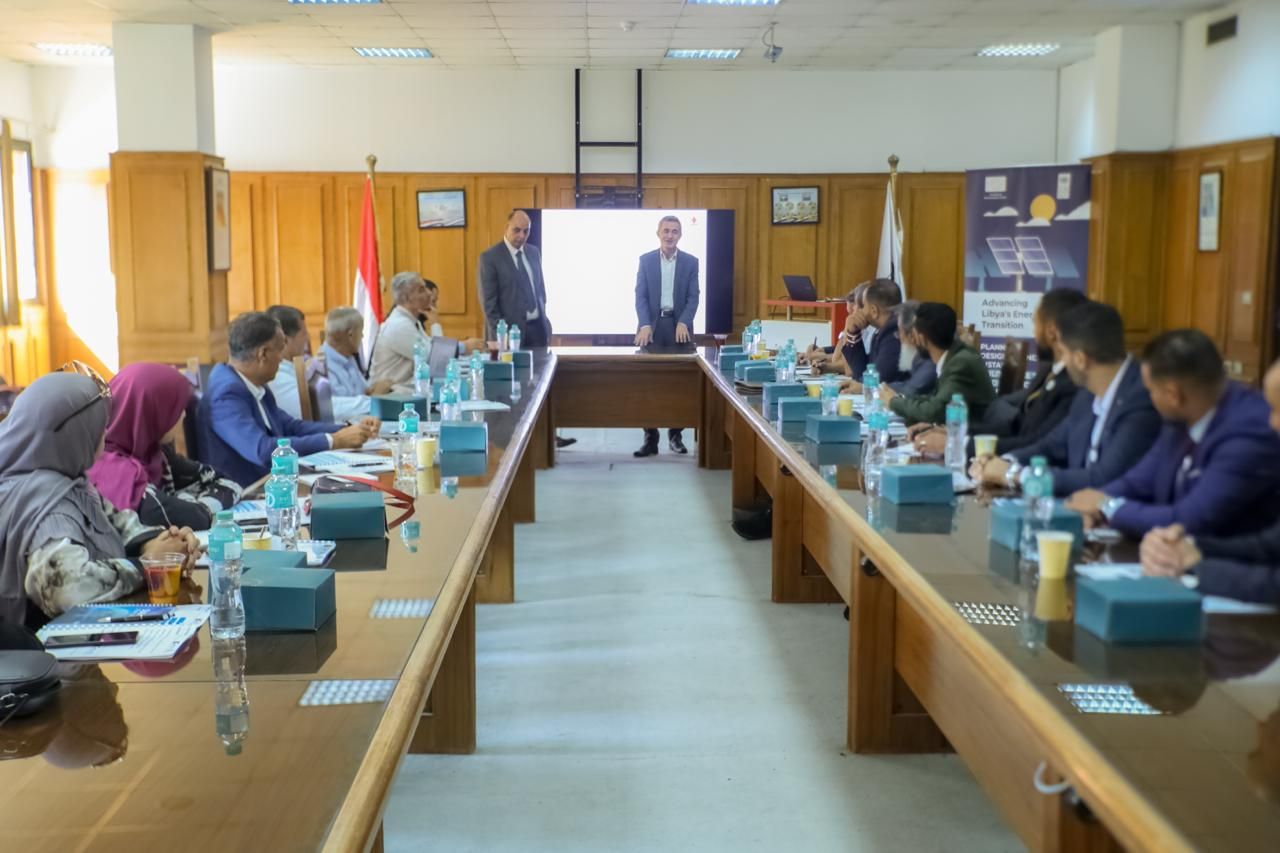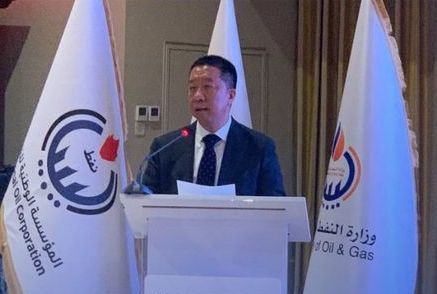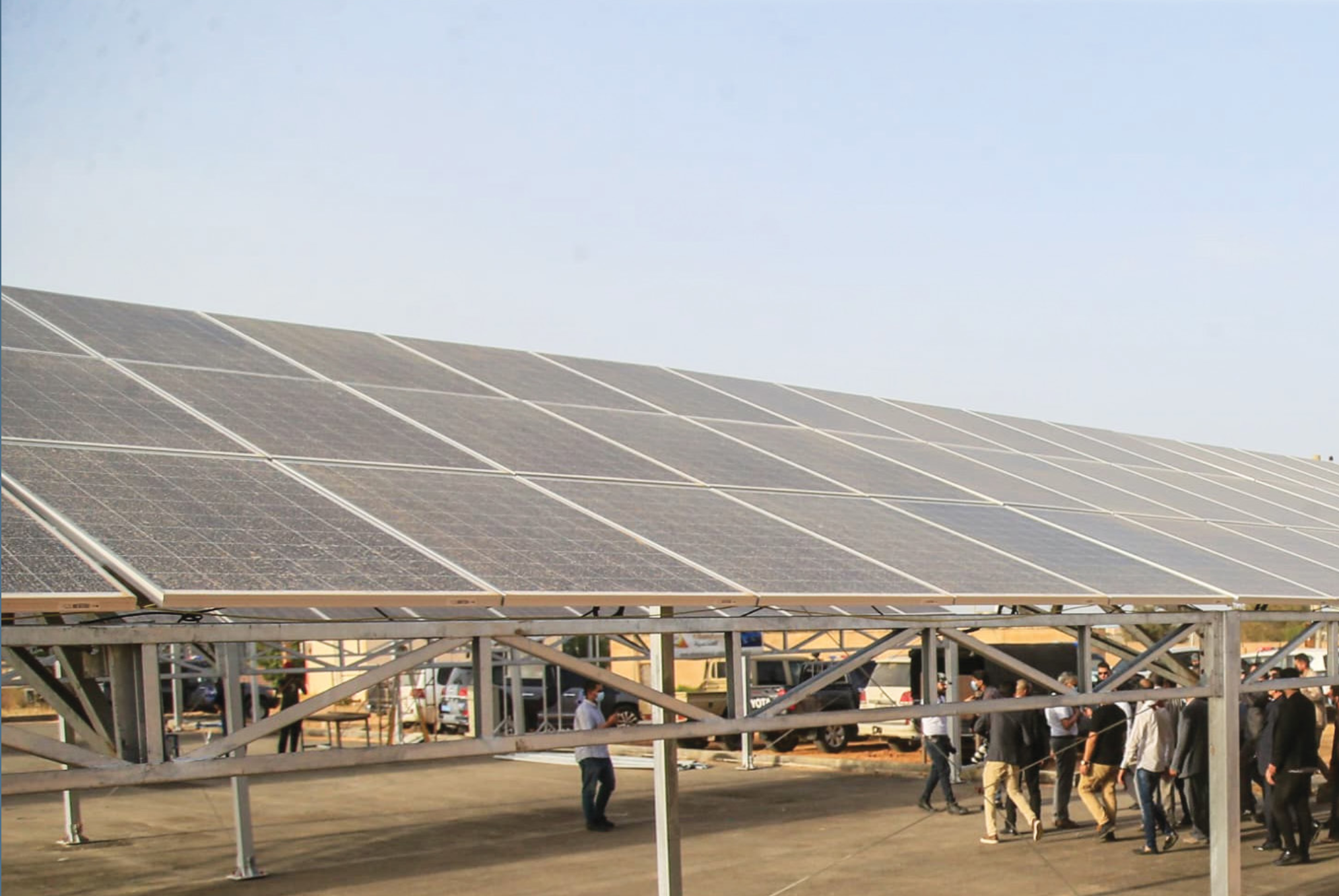
By Michel Cousins / Libya Energy.
In December 2023, the Renewable Energy Authority of Libya (REAoL) announced plans to encourage mosques across the country to install solar panels.
It was part of an initiative to install the panels on all state institution buildings. Now named “Go Green”, the initiative has been developed by REAoL in conjunction with the Tripoli-based Ministry of Industry & Minerals and the Ministry of Planning.
As part of Go Green, solar panels have already been installed on various official buildings, notably health centres. These have included clinics in Yefren, Zintan, Khoms, Emsalata, Tarhouna, Tajoura and Janzour. Most recently, solar panels were set up at the local hospital in Al-Aziziya. Additionally, REAoL has been in talks with other state organisations, including the Libyan Iron and Steel Company in Misrata, about using solar power. There have been similar talks with the Misrata municipality.
The Go Green drive, itself part of the National Strategy for Renewable Energy and Energy Efficiency, aims to reduce dependence on fossil fuel-generated power by five to ten percent by 2035.
A larger strategy is to produce 4 GW of electricity from renewables by 2035. By then it is predicted that 20 percent of Libya’s energy generation will come from these sources. This strategy includes solar parks, such as a 200 MW solar photovoltaic power park on a 500-hectare site near Nalut, as well as wind farms.
But the focus at present is on smaller projects, such as getting panels onto existing buildings.
Indeed, the Go Green-related projects carried out so far have been relatively small in number, partly because the initiative is still in its initial stages. The immediate objective is 12,000 rooftop solar systems.
So far, most of the interest has come from communities away from the big cities, where connections to the national grid have been less reliable and power cuts more common. A dependable solar-based supply is an attractive proposition, especially given Libya’s abundance of sunshine. Worldwide, it ranks ninth for solar radiation.
It is not just REAoL that is pushing for action.The Tripoli-based planning ministry has become an enthusiastic partner in promoting alternative energy. There has been a number of meetings on the subject between the head of REAoL, Abdul Salam Al-Ansari, and the GNU planning minister, Mohamed Al-Zaidani. In one such meeting on August 18, the minister said that renewable energy was of the the utmost importance and that the ministry was doing everything it could to transform Libya into a producer of clean energy.
To encourage solar installations, the authorities are reported to be planning to offer advantageous loans, although no details have as yet been disclosed.
The Go Green initiative has been developed with support from a number of non-Libyan organisations such as USAID. In an August report in on the initiative, USAID said that transitioning to renewable energy would have beneficial financial consequences in Libya.
“A large portion of Libya’s national budget subsidises electricity generation, money that could be used for other priorities.”
It also quoted an electrical engineer, Mohamed Elamin of Insiab Libya Solar, who has been installing solar power systems in southern Libya for several years.
“Electricity access in southern areas and the significantly high temperatures have led to increased demand for solar panels and systems,” he said, noting also that Libyans in remoter areas wanted to avoid dependence on the electricity grid.
Many appear impressed with the Go Green project. USAID has said that as a result of it, Libya is “integrating energy-efficient solutions, develop- ing renewable energy resources and mitigating risks from climate-related disasters, while ensuring communities have the necessary energy for homes and businesses”.



